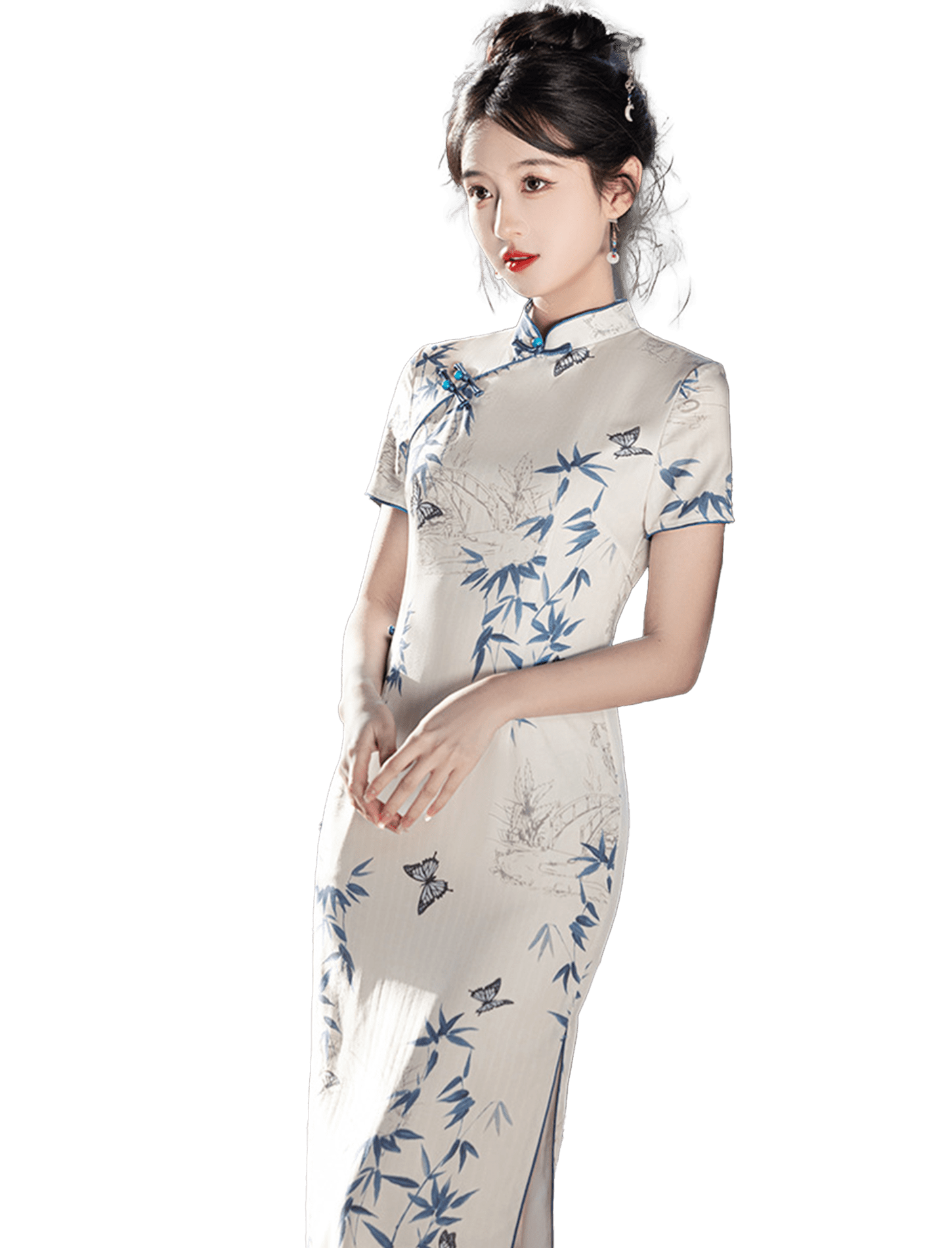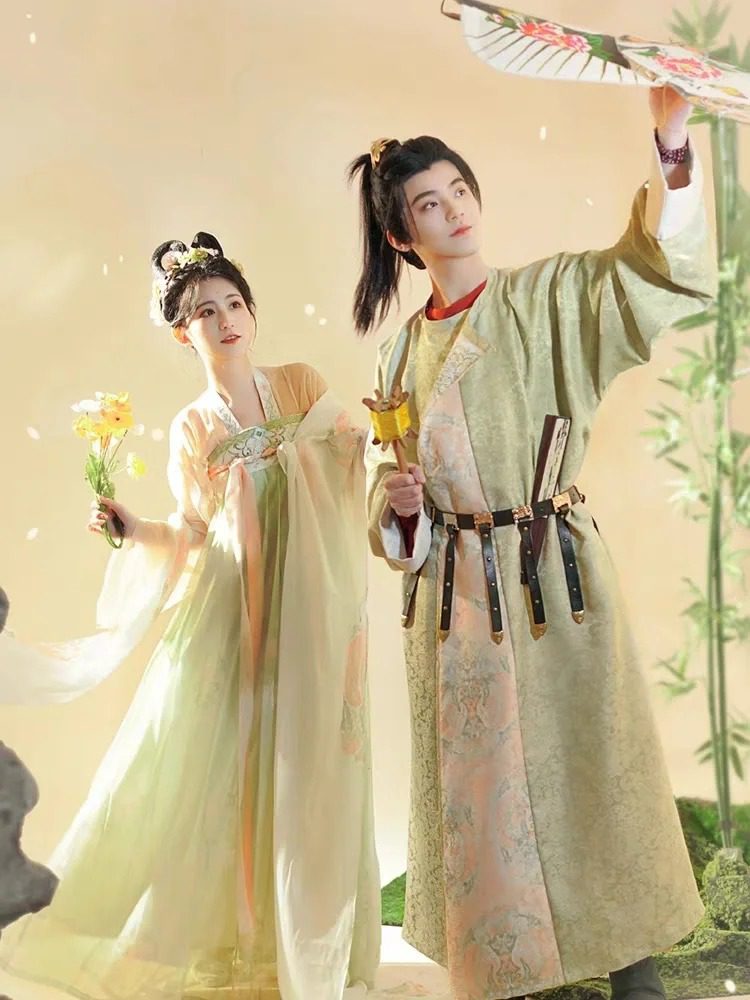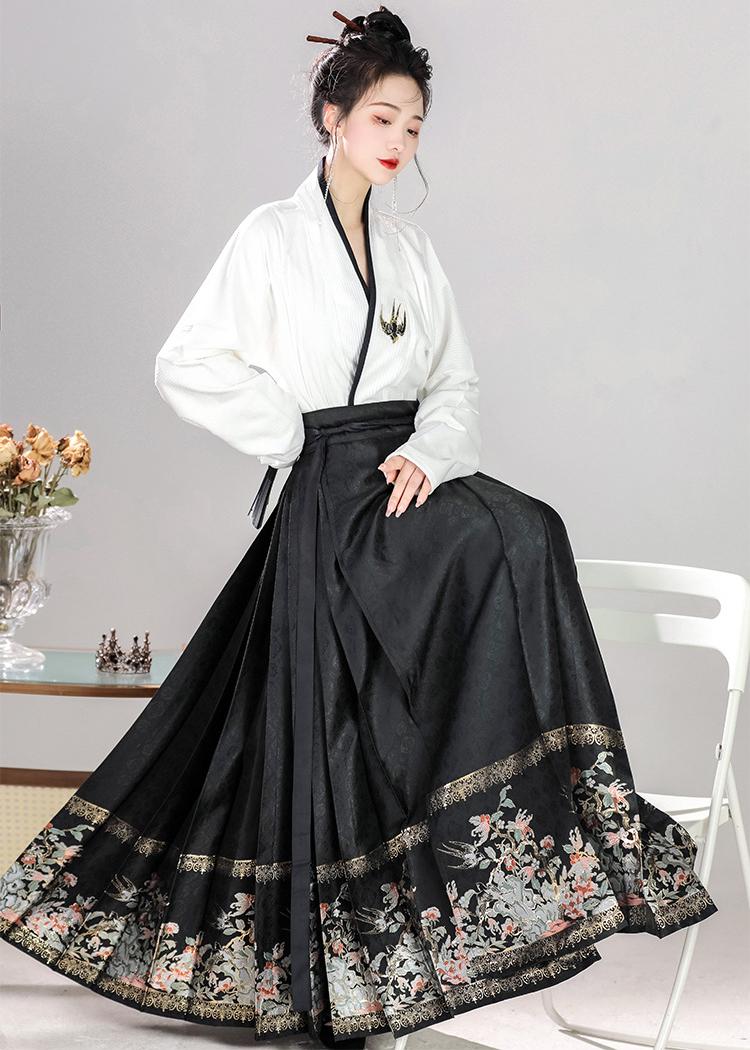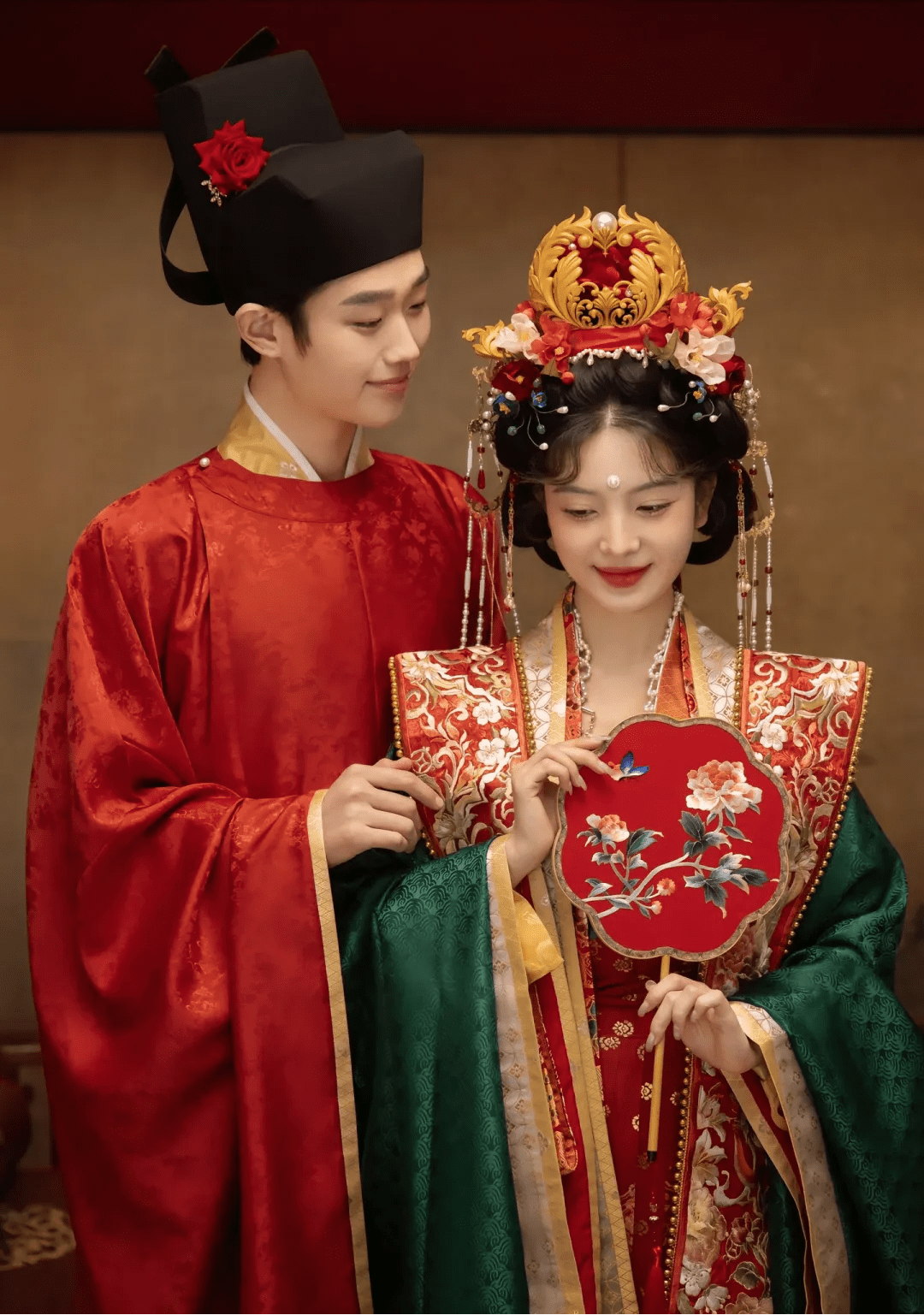TANGPURA Hanfu – your ultimate destination for Chinese Costumes, which blending ancient traditions with modern design. Step into the world of Chinese Hanfu, where heritage meets fashion, and timeless beauty is redefined.
Hanfu of each dynasty has its own characteristics in terms of style, color, accessories, etc.:
Hanfu in the Wei and Jin periods was known for its graceful, flowing style and emphasis on personal expression. Men’s and women’s clothing featured wide sleeves, loose cuts, and long, trailing garments, creating a relaxed and elegant silhouette.
Lightweight materials and layered outfits were popular, often in soft, muted colors.Influenced by the rise of metaphysical thought and literati culture, clothing reflected a pursuit of spiritual freedom and aesthetic refinement.





Tang Dynasty Hanfu was open, vibrant, and diverse, reflecting the dynasty’s cultural prosperity. Men wore round-collared robes, banbi (half-sleeves), and high-waisted belts, while women favored wide-sleeved tops with long skirts, shawls, and high-waisted styles.
Bold colors and luxurious fabrics were common, with rich embroidery and patterns like floral, cloud, and phoenix motifs symbolizing elegance and fortune. The Tang style embraced freedom and innovation, making it a golden age of Hanfu development.







Song Dynasty Hanfu featured simplicity and elegance, blending practicality with etiquette. Men wore round-necked robes, straight-cut garments, and jackets with belts, while women wore ru skirts, jackets, and half-sleeves with graceful lines.
Clothing favored refined, muted colors and detailed craftsmanship. Official attire had clear ranks, with auspicious patterns like flying fish, lions, and clouds. Song clothing inherited tradition while focusing on daily wear, marking a key stage in Hanfu’s evolution.







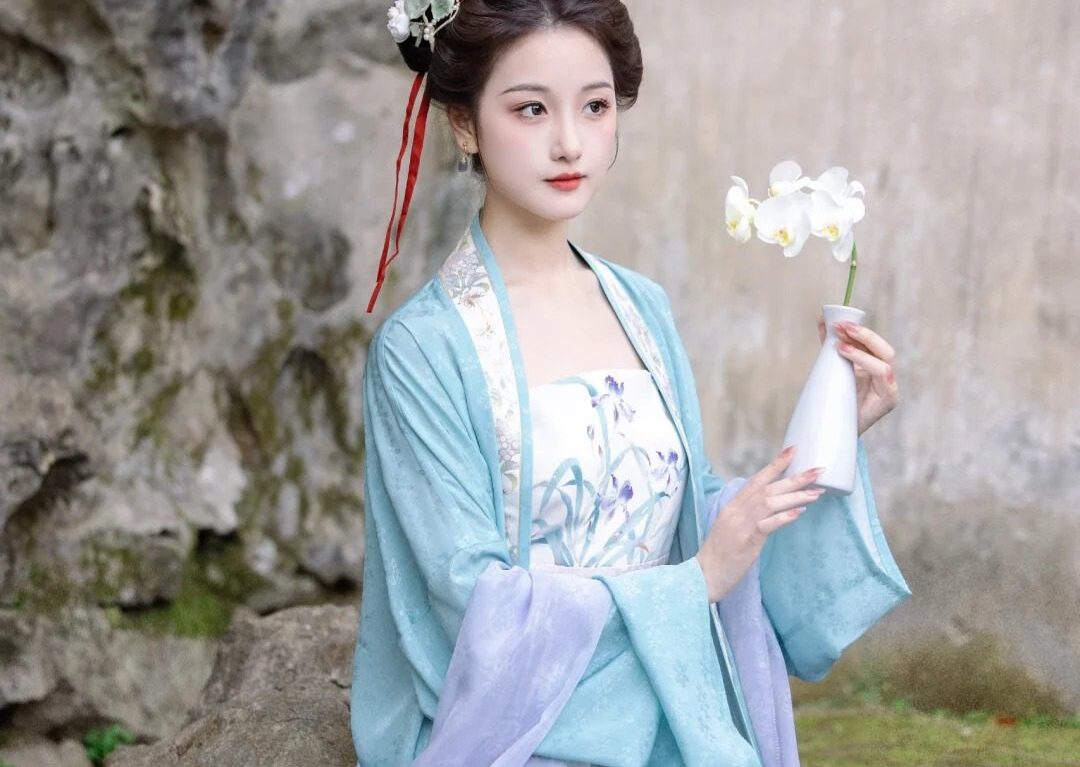



Men in the Ming Dynasty wore round-necked robes, straight robes, and yisas with jade belts and futou. Women wore layered ru skirts, vests, and capes, featuring dignified styles. Clothing emphasized etiquette, with officials in patched and dragon robes.
Colors and patterns reflected rank, silk was commonly used, and embroidery was exquisite. Auspicious motifs like clouds, dragons, and flowers were popular, giving the overall style a gorgeous and solemn character—an important representation of traditional Hanfu.







Clothing in the Qing Dynasty was influenced by the Manchus. Men’s clothing was mainly long gowns and jackets, while women wore straight cheongsams with flower-pot shoes and flag heads.
Clothing was clearly divided into different levels. The nobles wore silk and fur, while the common people mostly wore cotton cloth, and the embroidery craftsmanship was exquisite.











Men mainly wore Zhongshan and Western suits, while women favored simplified jackets, skirts, and improved cheongsams with fitted cuts and slits.
Western influence led to more tailored styles and minimal accessories, reflecting a blend of old and new cultures.Hanfu elements remained in weddings, funerals, and opera costumes, such as the phoenix crown, shawl, and horse-faced skirt.







Share your story in the Hanfu community!
Connect with other Hanfu lovers, our Hanfu forum brings together thousands of lovely Hanfu boys and girls from all over the world. You can share your beautiful Hanfu photos and lifestyle. Let’s meet more Hanfu lovers around the world.
Children’s Hanfu


Hanfu Blog


Unveiling the Splendor of Ming Dynasty Clothing: A Timeless Fashion Legacy
Explore the splendor of Ming dynasty clothing on our blog. Discover the styles, cultural significance, and modern applications of Ming dynasty Hanfu. [your website name]’s in – depth guide.
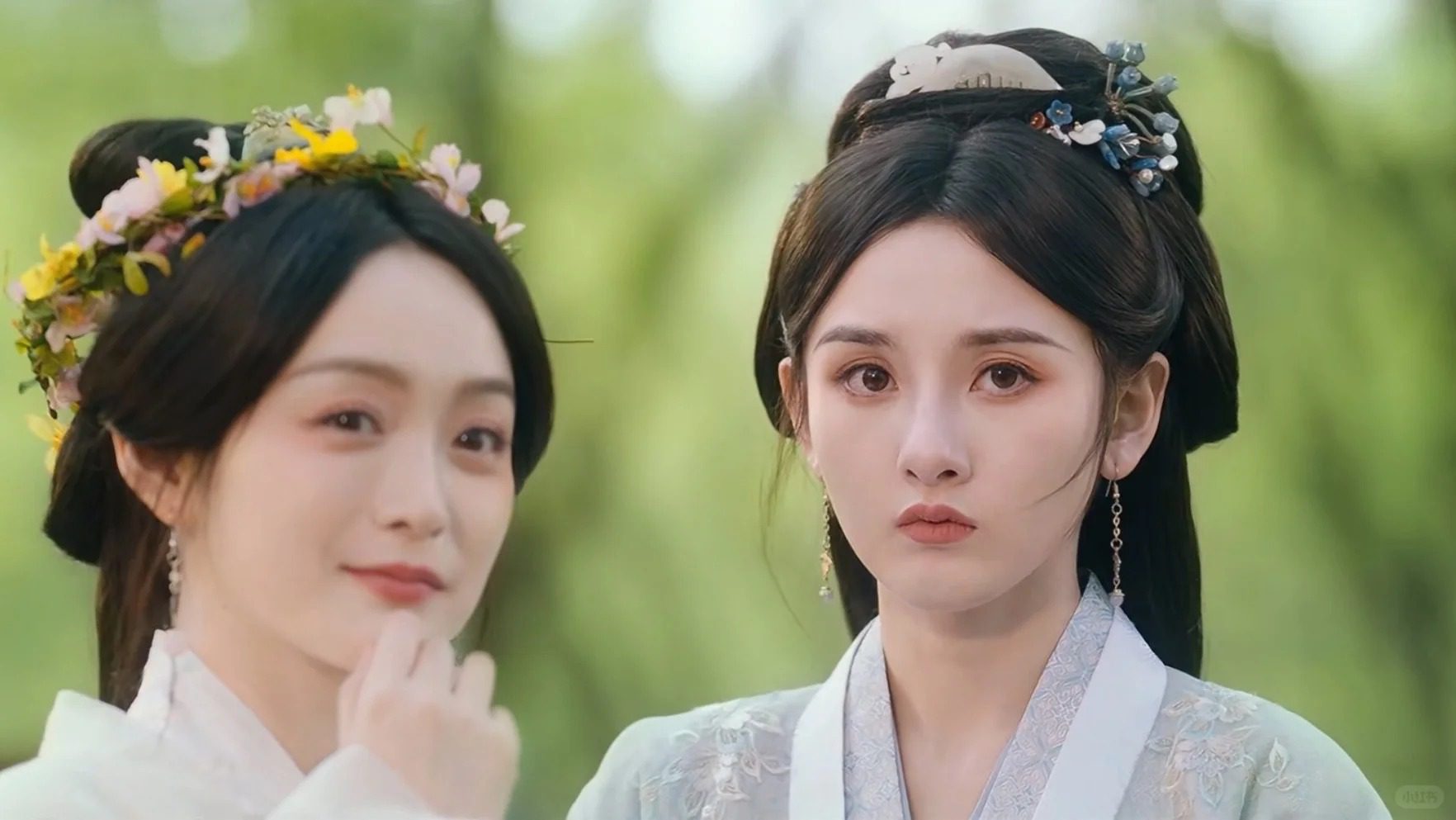

Zhe Yao Costume Evolution: How the Heroine’s Hanfu Style Reflects Her Growth
Zhe Yao costume evolution showcases the heroine’s growth through hanfu styles, from innocence to elegance in this Chinese historical drama.
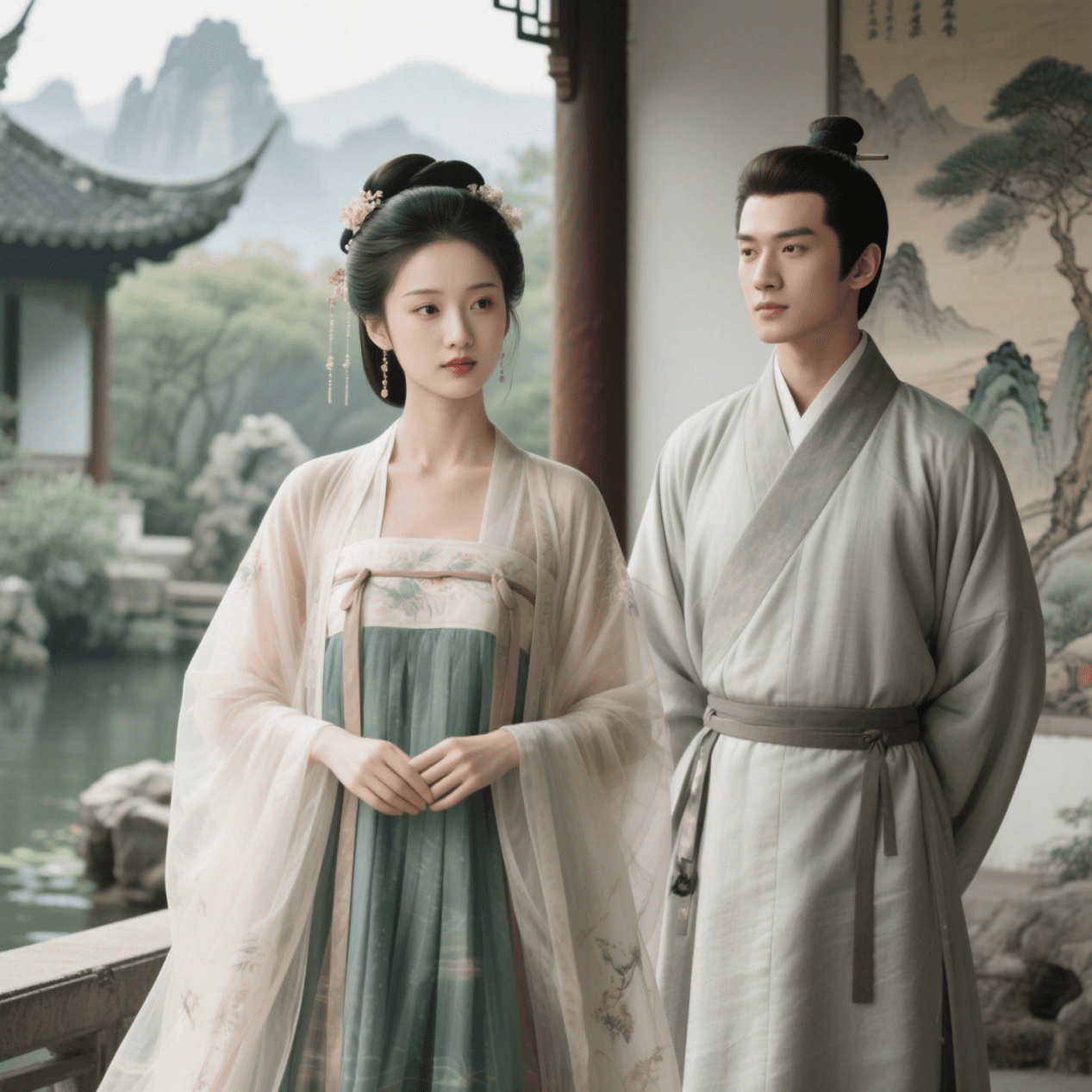

Men’s Hanfu vs. Women’s Hanfu: 4 Key Differences in Style and Tradition
Introduction: The Beauty of Hanfu – Harmony of Yin and Yang
In the five-thousand-year history of Chinese civilization, Hanfu is not merely clothing but a flowing historical scroll. When we discuss Hanfu, images of women in flowing skirts often come to mind first, while the profound cultural heritage of men’s Hanfu is frequently overlooked. In fact, the differences between men’s and women’s Hanfu precisely embody the philosophical concept of “harmony between yin and yang” in traditional Chinese culture.
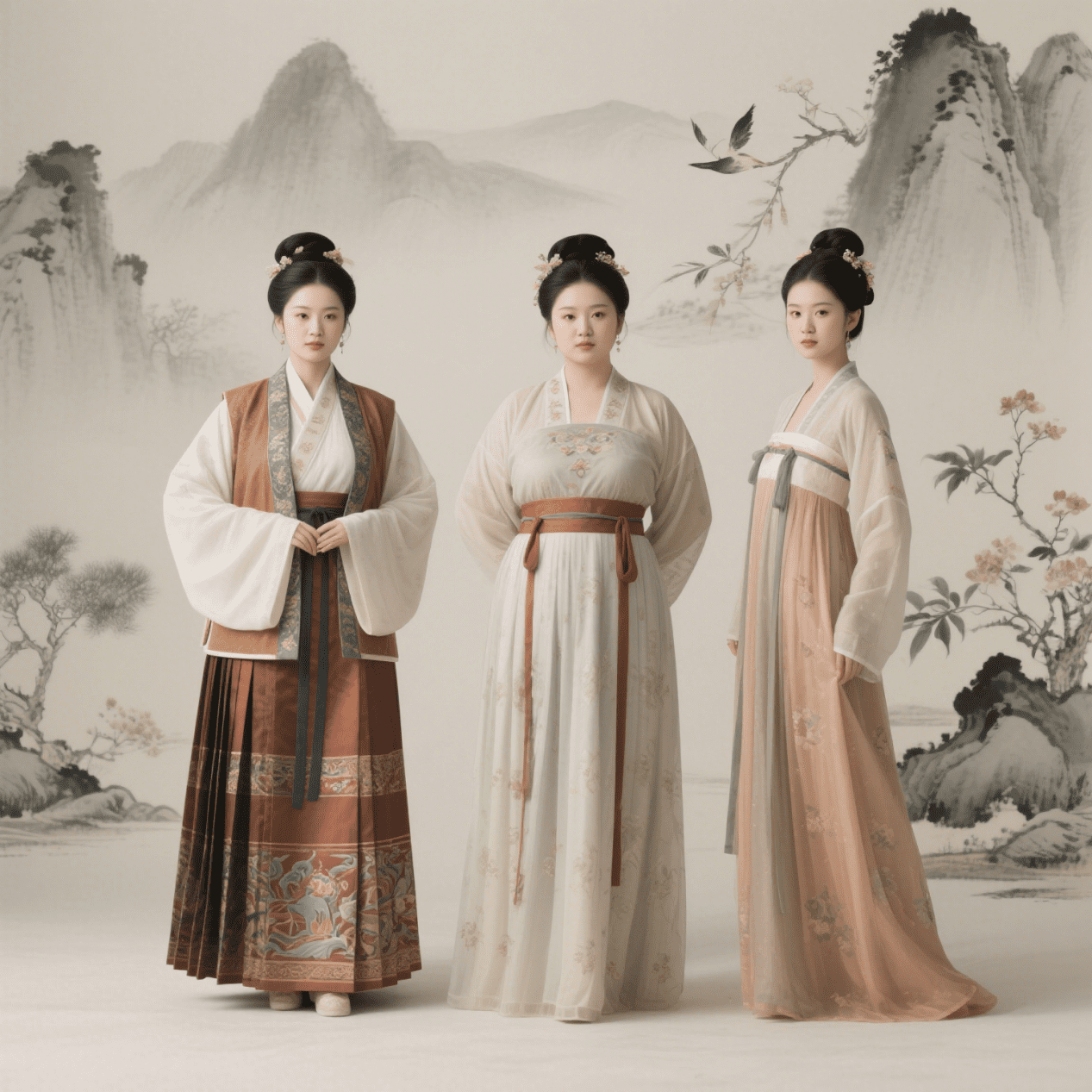

How to Choose Hanfu According to Your Body Shape?
Hanfu revival: Flatter your figure with traditional Chinese styles. Learn how flowing silhouettes & balanced proportions suit all body types. Embrace elegance authentically.
